Skin contains special cells called melanocytes which produce melanin, the substance that gives skin its pigmentation or color. Sometimes, these cells will grow in clusters, causing a high concentration of melanin to build up in a localized spot. When this happens, a mole will begin to develop, and the intensity of color will depend on how much melanin is present.
In most cases, moles are harmless; however, some can indicate the presence of melanoma, so you should always have a doctor examine any new growths as soon as possible.
Moles can range in color from pink to light brown, dark brown or even black. They are usually round or oval in shape, but can be very small or quite large, flat or raised, smooth or bumpy, and may or may not have hair growing out of them.
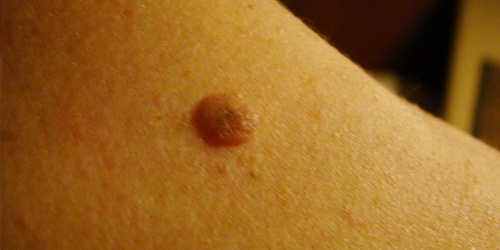
So, as you can see, moles can be as unique as the person sporting them, and an individual’s feelings toward these growths can also vary. For cosmetic or convenience reasons, many people decide that the moles must go!
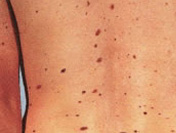
Creams: There are several over-the-counter and prescription products that contain acids which are supposed to destroy the mole. These creams or serums usually need to be used for several weeks, and must be applied carefully so as not to damage surrounding skin. In many cases, these treatments do not work very well and patients will eventually seek a more effective method of removing their moles.
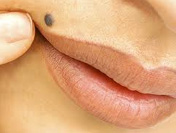
Cryotherapy: This method is also known as “freezing” and involves the application of liquid nitrogen to the mole. Eventually, the liquid nitrogen will destroy the cell tissue and the growth will diminish or fall off. Cryotherapy can be painful and may sometimes cause scarring.
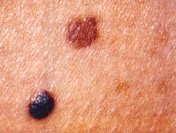
Excision Surgery: Surgery is one of the most common methods of mole removal since it gets rid of the growth quickly. There are basically two types of surgical procedures available. The first one involves “shaving” or scraping off only the top layer of the mole. This is most often used with raised growths, and is sometimes not recommended because it does not remove any affected cells that may be below the surface of the skin.
The second surgical method involves using a scalpel to cut out the mole. This procedure not only removes the growth, but also cuts away some of the surrounding tissue to make sure that all affected cells are also removed, lowering the chance of regrowth. Depending on the size of the mole, the wound may require stitches.
Excision surgery is somewhat painful and there may be some redness and swelling for a few days following the procedure. Scarring is also possible.
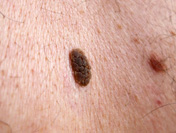
Electro surgery: A scalpel is used to remove the top layer of the mole (the part above the skin’s surface) and then an electric needle is inserted to destroy the tissue beneath the surface. Scarring is also possible with this method.
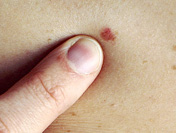
Laser Treatments: This is a relatively new method of mole removal but some people find it quite successful. A local anesthetic is used to numb the area around the mole and then a laser light beam is directed into the growth, decreasing the brown pigmentation and eventually destroying affected tissue. Some clinicians suggest that laser is most effective on smaller growths, but doesn’t always work as well on deeper moles since the light may not penetrate far enough into the skin.
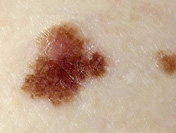
Advanced Electrolysis: Electrolysis is a quick and painless way of removing skin moles. Most sessions are about 15-20 minutes and there is little or no risk of scarring. Basically, heat is applied to the surface of the mole which seals off the blood supply and “kills” the growth. Sometimes, 2 or 3 treatments may be needed, especially for larger moles. And, if you want to keep your mole, you can simply use electrolysis to remove the unsightly mole hair. Read more on Electrolysis Mole Removal.
Although several sessions may be required, laser treatments can remove moles with little tissue damage or risk of scarring, so it is a safe and effective method to consider.

The removal technique that is best for you will depend on the size, structure, and location of your moles. But, whether they are small and smooth, or large and bumpy, a trained clinician should be able to help you find the best solution to a mole-free face and body. For more information and to book a free consultation, contact your nearest CoLaz clinic today.